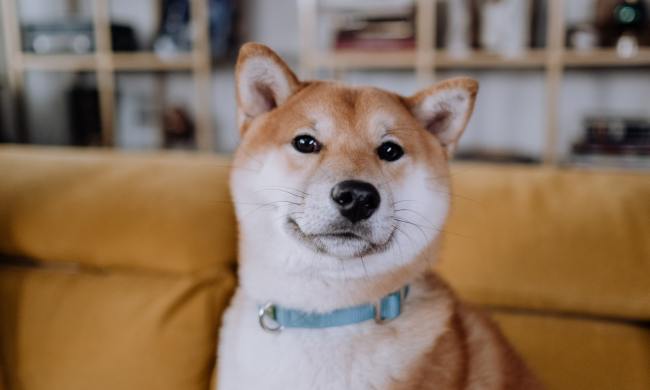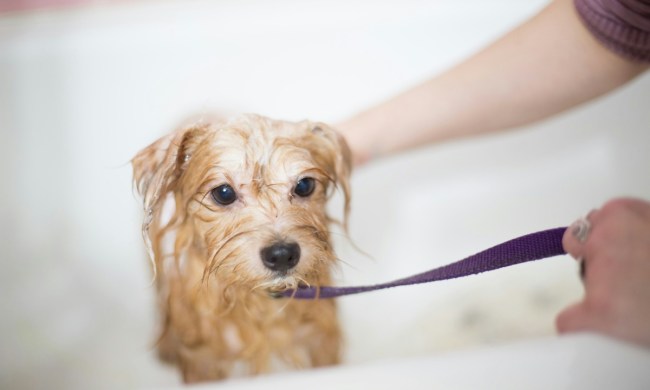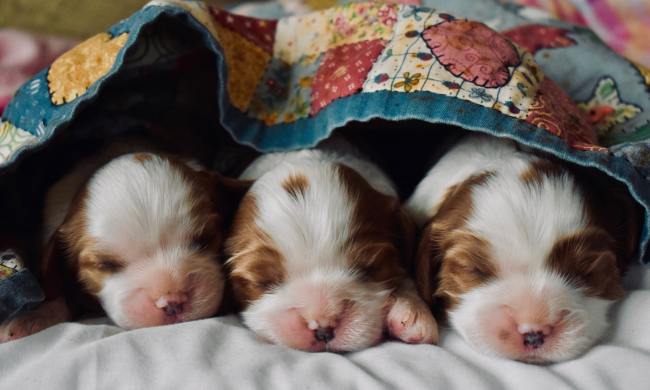Puppyhood is full of firsts, from being introduced to the leash to the first time they learn to howl. Puppy’s first bath, however, is one that takes a bit more preparation than you may think. Keeping your pup safe is of the utmost importance, but how exactly do you do it?
You’ll need a few products and a lot of patience to make puppy bath time comfortable and fun. The first time may not go as smoothly as you like, but as your fur baby gets used to the idea, it’ll become easier for you both. Here’s how to get started — and how to stay dry in the process.
Find the right products
Before giving your puppy a bath, make sure you have everything you need to keep her safe in the tub. It may be safer and more comforting for your dog to bathe in a small tub rather than in the basin itself, but you won’t have to buy any fancy bathing device for your pup. What you will need to research is the correct shampoo for your dog.
Different coats have different needs, so you shouldn’t expect to wash a Chihuahua the same way you’d handle the coat of a chow chow. Special shampoos also are available for dogs with sensitive or dry skin, though your pup isn’t likely to need something so intense at such a young age.
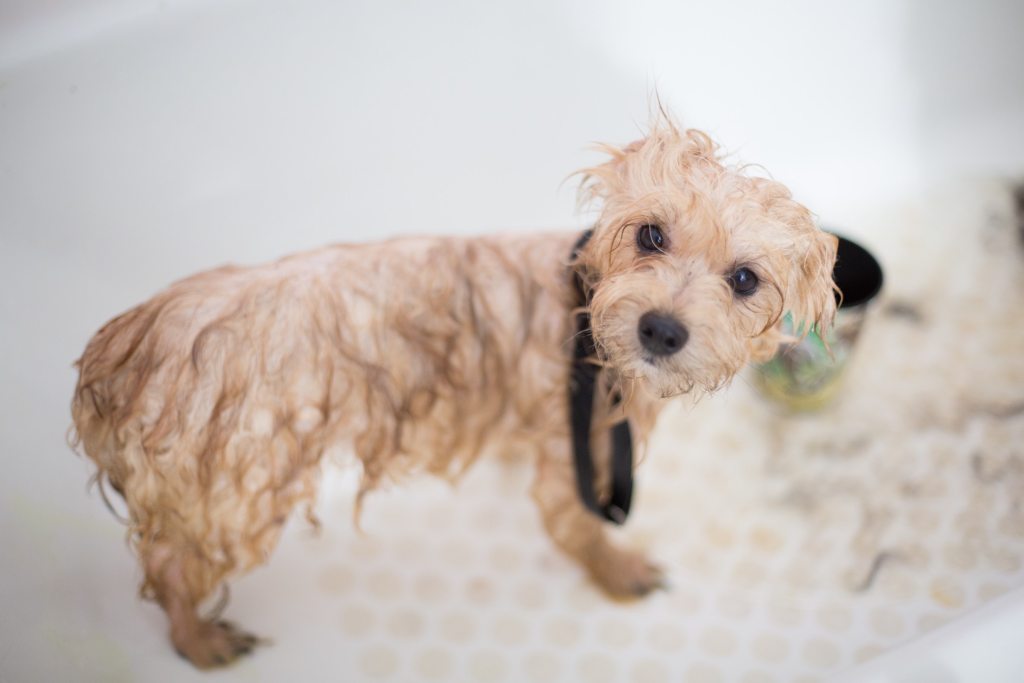
Start with a brush
Before actually bathing your puppy, get her used to being handled and scrubbed by giving her fur a gentle comb-through. Many owners and groomers use an elevated table for this step so the dog knows that they need to stay still.
It might take some time for your puppy to get used to being brushed, but as each step becomes easier, you’re another one closer to a clean, happy pup. Brushing also helps remove any surface-level dirt, mats, or knots, which will make the following steps even easier.
Get your pup comfortable in the tub
Once her coat is brushed out, it’s time to get wet. As you introduce your puppy to this new experience, it can help to give her lots of treats and love to keep her happy. Many pet parents prefer to use a jug of water over the running faucet to give their dog a gentle wash, but either way, make sure not to let the water get past her knees, or your dog may panic.
Leaving your faucet running for a while (as long as it doesn’t build up more than an inch or so) can help your puppy get used to the sounds and feelings that come with bath time. Some dog owners like to leave the hairdryer running as well (nowhere near the water) so it doesn’t seem as scary when it’s time to actually use it.
Warm water and a gentle lather
Lukewarm water is the best temperature for puppy’s first bath. According to the American Kennel Club (AKC), dogs are more sensitive to heat than people are, so this detail is super important. After all, a happy pup makes for an easy bath!
A soft sponge or rag will be helpful for applying shampoo, though some dogs will be more comfortable with the feeling of your hand. Make sure to follow the instructions on the bottle, since some shampoos will need to be diluted with water, while others are meant to sit on the skin for a few minutes before rinsing. Super young pups don’t even need shampoo, so it’s okay to use just warm water the first time.
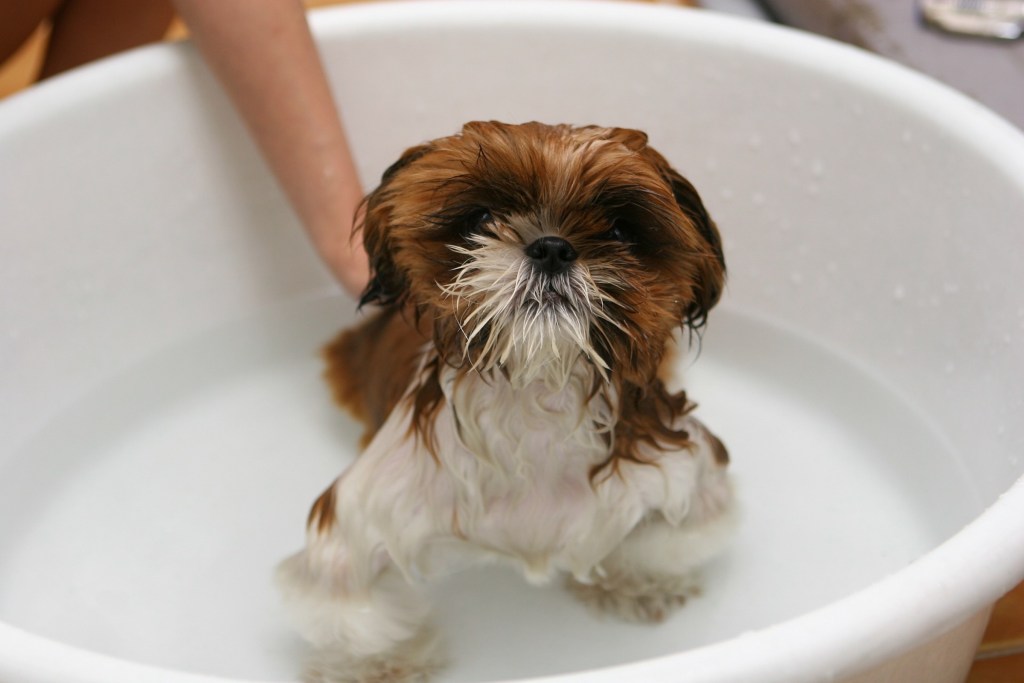
Rinse and repeat
Be careful and gentle when rinsing your puppy, especially since she may be unsure at first. The AKC recommends avoiding using water near the face as much as you can, since it’s easy for water to get in the dog’s ears while washing. This is when a wet rag may be the best option, as it gives you more control of the water.
In some situations, conditioning can be just as important as shampooing a dirty coat. Adding conditioner to your dog’s routine can prevent matting and knots in the future, while leaving your puppy as soft as can be. Don’t forget to rinse again, to make sure nothing remains to irritate her skin.
Time to dry
When you take your pup out of the bath, her first instinct will be to shake. Totally inconvenient, but totally normal! This is the most efficient way for a dog to dry themselves, though a gentle blow dry will also help. If your puppy isn’t afraid of the noise, using the coolest setting on the dryer will be the most effective — and safe! When in doubt, toweling her dry is always an option, too. Whatever works for you!
Giving your puppy a bath can be an adventure in itself, but it’s also a time to bond with your dog and get to know each other a little better. With some TLC, your puppy’s first bath can be just as fun as it is necessary — such a relief for you both! So, grab some towels, a handful of treats, and the best shampoo you can find. It’s bath time!

